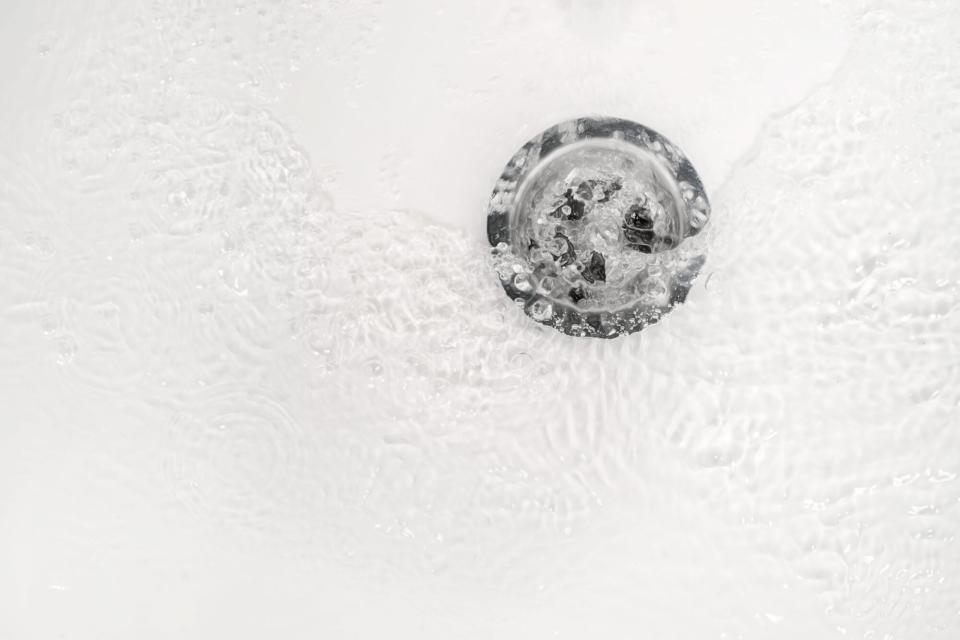What Is the Pink Slime That Appears Around Your Bathroom Sink Drain?
Have you ever stepped foot into a bathroom and noticed something strange? Something slimy and growing in the bathroom sink that appears to be… pink? While it seems like a good reason to call the Ghostbusters (or at least step out of the bathroom and go re-watch the movie) the reality is much less supernatural. That pink slime or residue is most likely Serratia marcescens and it's nothing to be scared of—well, most of the time.
Serratia marcescens is an airborne bacterium or mold that grows in the dampest places in your home, like shower stalls, bathtubs, bathroom tiles, toilets, sinks, toothbrush holders, and kitchen faucets. It is a natural bacteria that gets stirred up in the air, lands in wet areas, and starts building colonies of pink slime in your bathtub or somewhere worse. An Inside Edition investigation into a home in Blacksburg, Virginia found pink slime inside the water tap on a refrigerator and it could have infiltrated into the family's drinking water. Yikes.

Getty/Eshma
Not only does this pink slime look gross, but according to the Family Handyman website, it "has been known to cause pneumonia, wound infections and urinary tract infections in hospital settings, so it's important to get rid of it." That said, the Winston-Salem Journal spoke to a water treatment specialist in North Carolina who said the pink slime is pretty harmless when spotted around the house. Either way, you're probably going to want to clean it up, because no one wants pink slime in the bathroom even if it matches the decor.
WATCH: The Best Way to Clean Your Showerhead
Luckily, it is very easy to clean. Simply, grab some gloves and your favorite disinfectant or plain old white vinegar and warm water. Scrub the area, apply a disinfectant, scrub the area again, rinse, pat the area dry, and do your best to keep it dry and well-ventilated. If you're concerned about the water coming from your refrigerator tap, Dr. Joseph Falkinham, a professor of Biological Sciences at Virginia Tech University, told Inside Edition that simply changing the water filter in the fridge "much more frequently" would suffice. See? Nothing to be scared of.

